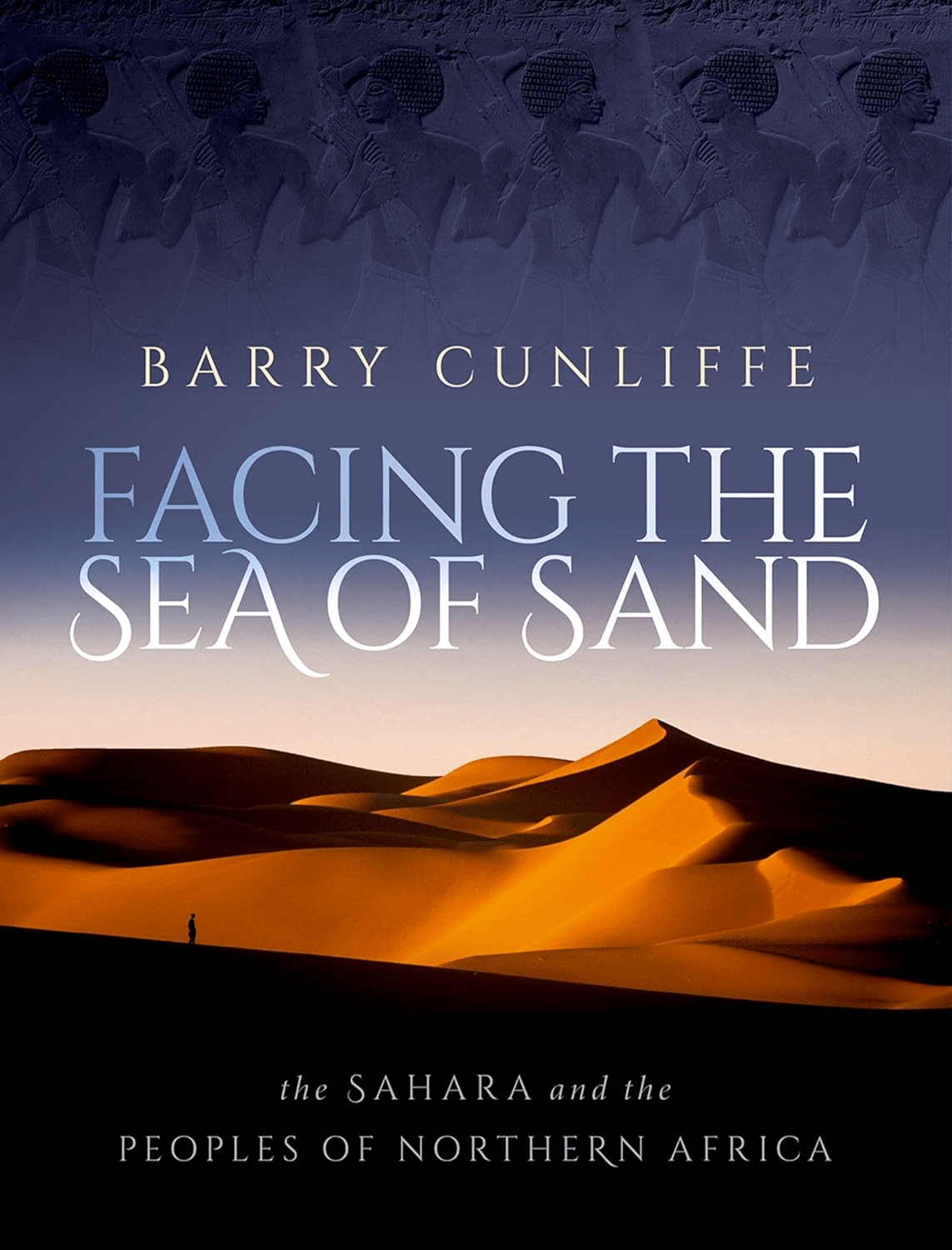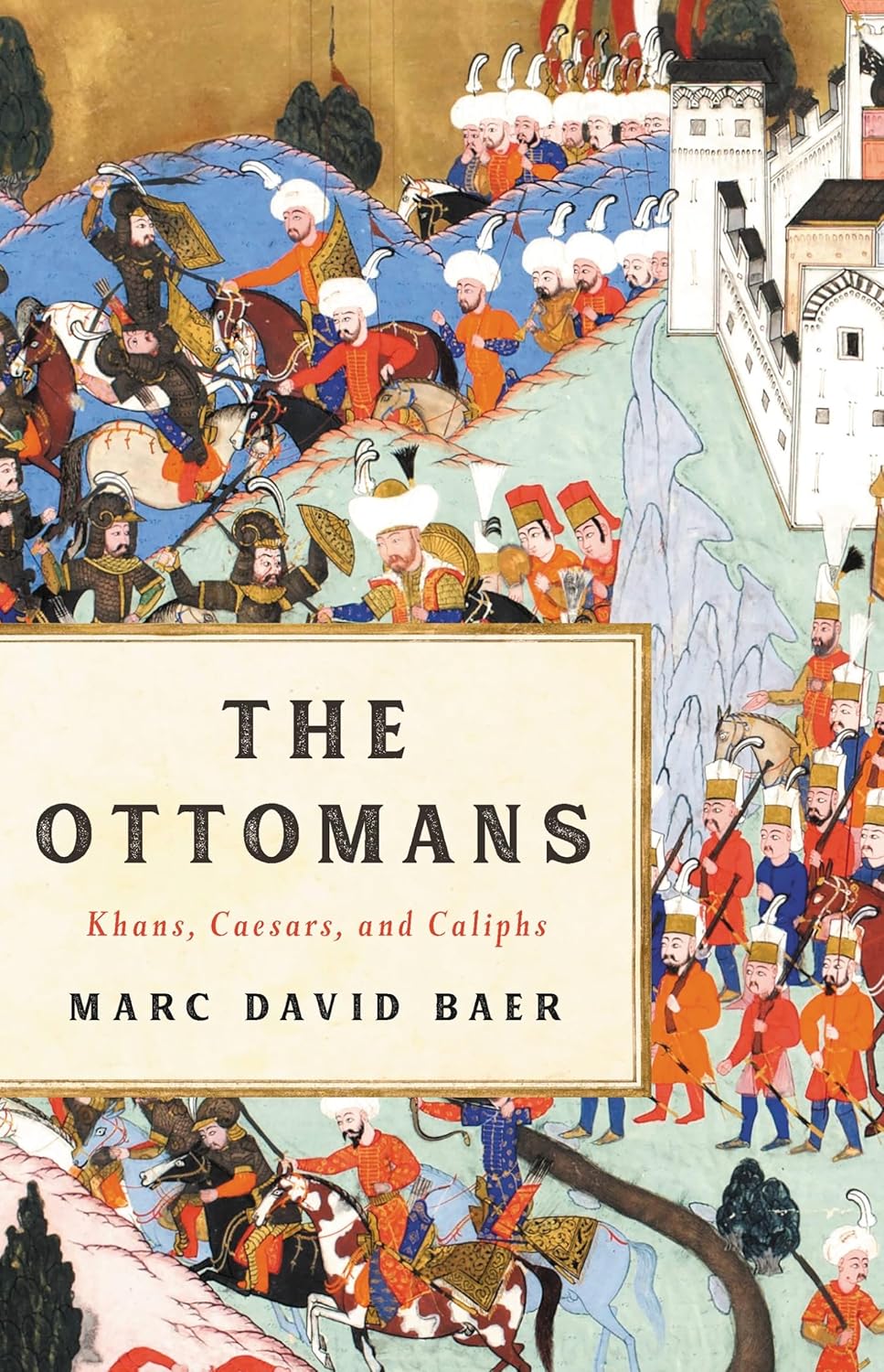
Work Reveals Common Ground Across Massive Desert
Reviewed by Robert W. Lebling
Facing the Sea of Sand: The Sahara and the Peoples of Northern Africa
Barry Cunliffe. Oxford UP, 2023.
"How they responded to changing environmental conditions as the desert margins shifted, and how, gradually, the links between neighbors grew to become a complex pattern of communication routes embracing the entire desert, binding north to south.”
The Sahara wasn’t always a desert. Around 9000 BCE it was a bucolic expanse where animals and lush vegetation thrived. However, by 3000 BCE desertification had begun, driving humans to the desert’s rim. In the thousands of years since then, the climate has continued to fluctuate, affecting the lives of people around that forbidding area. Drawing on the “detritus of human experience” and, when possible, oral and written histories, author Barry Cunliffe, a University of Oxford archeology professor emeritus, pieces together how people over millennia have found ways to meet the Sahara’s many challenges. The Nile and North African coastal communities north of the Sahara evolved separately from those who inhabit the Sahel, to its south. Despite this, Cunliffe contends coping with the Sahara’s environmental shifts forged deep connections between those living at either edge of the desert, creating communities that are “bound together by a shared history” to this day.

